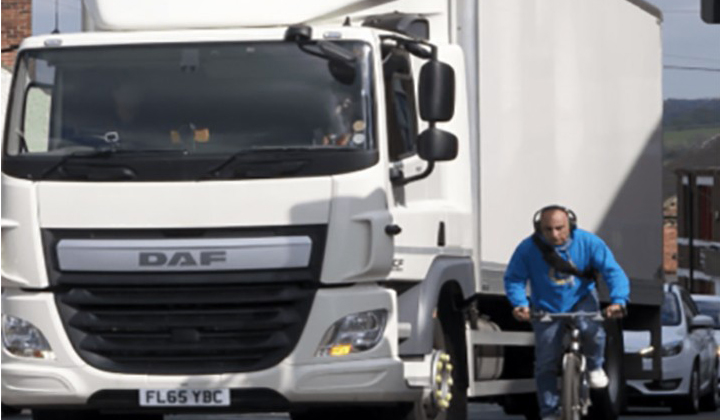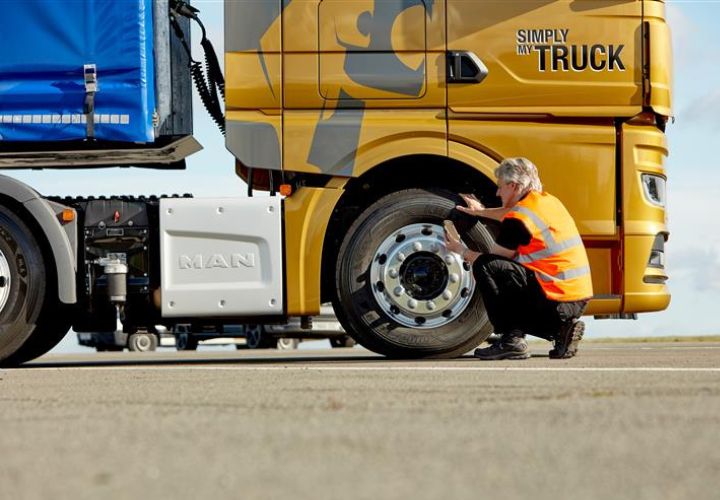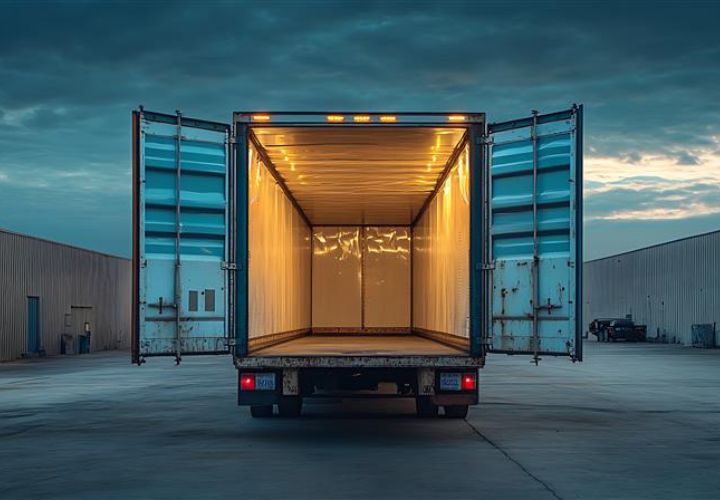According to The Royal Society for the Prevention of Accidents, some 3,499 cyclists were killed or seriously injured on UK roads in 2016. By 2018, the number had risen by around 20% to 4,205.
In London between 2014 – 2017 HGVs were involved in 70% of cyclist fatalities, in spite of the fact that HGVs only accounted for around 4% of all road miles in London during that time. These figures reflect three main types of manoeuvre – an HGV turning left across the path of a cyclist, both HGV and cyclist turning left and where an HGV was overtaking a cyclist – all of which involve the left blind-spot of a vehicle.
Figures like these, combined with a steady rise in the number of cyclists on London’s roads over the last 20 years, coupled with a distinct lack of imagination from vehicle manufacturers to help improve visibility for drivers, especially on the nearside of the vehicle, have led to the introduction of Direct Vision Standard.
Direct Vision Standard is part of the Mayor of London’s Vision Zero plan to eliminate deaths and serious injuries on London’s transport network by 2041. It’s designed to measure how much an HGV driver can see directly through their cab windows in order to assess the risk to vulnerable road users, such as pedestrians and cyclists, using a ‘star rating.’ It applies to all goods vehicles of 12 tonnes and above.
Operators are required to register their vehicles in order to obtain their ‘star rating.’ Zero star rated vehicles will require some modification including the installation of blind-spot cameras and sensors so that they can apply for a permit to enter London. Even if your vehicles achieve a higher star rating and do not need modification, you’ll still need to apply for a DVS permit.
The Requirements For Zero Star Rated Vehicles:
In order to meet the standard and gain a permit, zero star rated vehicles will need to ensure the following modifications are in place to offer the driver a view of the nearside of the vehicle and offer vulnerable road users some advanced warning of the dangers of positioning themselves alongside the nearside of the vehicle.
A blind-spot camera will need to be fitted to the nearside of the vehicle connected to an in-cab monitor. The camera should be activated at low speeds when the left indicator is engaged.
Proximity sensors will need to be fitted to the nearside in line with DVS requirements to give the driver an advanced warning of movement detected in the nearside blind-spot.
Where not installed, Class V and Class VI mirrors will need to be fitted to the tractor. Side underrun protection will need to be fitted to trailers and rigid vehicles.
From a vulnerable road user perspective, an audible alert will need to be fitted so that when the left hand indicator is activated at low speeds, an audible alert will sound to warn of the vehicle turning left. In addition, a standard vehicle graphic should be applied to the rear of the vehicle or trailer in use highlighting the dangers of the nearside blind-spot.
Once installed, operators will be required to upload photographic evidence of installation and register for a permit.
The Product…
The Microlise solution offers options beyond the basic DVS solution. Nearside blind-spot cameras along with an in-cab device, proximity sensors with in-cab audible and visual warning, external audible alert and warning signage can all be provided by Microlise to meet requirements. We exceed the requirements of DVS through our wider camera offering and increased functionality through integration with our wider product.
Whilst Direct Vision Standard rightly focuses on the left side of the vehicle (around 20% of vulnerable road user deaths are a result of a left hand turn), it’s estimated that around 25% of deaths happen whilst reversing.
Our camera solution can include up to six cameras in total. The forward facing camera comes as a standard part of the system with additional options for a driver facing camera and more recently, a load facing camera. Additional blind-spot options include a rear facing camera (suitable for both rigids and trailers) and an offside camera.
In an effort to help drive these figures down, our rear facing blind-spot camera offers a similar driving aid and becomes operational when reverse gear is engaged, feeding a view of the rear of the vehicle through to the driver’s in-cab device.
An ADR compliant version of the camera solution is also available from Microlise enabling vehicles to remain compliant whilst carrying hazardous goods into the capital.
Whilst lots of camera options help provide you with multiple viewpoints on a vehicle, real value comes through integration with our wider systems. Camera systems aren’t cheap to install so it’s important you’re able to draw out any additional value.
Our in-cab device, the Microlise DriveTab, delivers a near-live feed of the vehicle’s blind-spots to the driver whilst manoeuvring but unlike most ‘dumb’ devices, the DriveTab has multiple additional uses. It can be used with our EPoD solution to deal with deliveries and collections, with consignment information and signature capture. It can offer driver logon (either manually via a PIN or through connection to the tacho head), work lists and one touch satnav integration along with two way communications, all of which are part of our wider solution base.
Additional apps can be installed such as our Driver Performance Management app which allows drivers to access their own driving performance on-the-go, get driving tips and cross compare their scores with other drivers in their group or the wider company. Our Driver Hazard Warning app offers drivers advanced warning of low bridges, width and weight restrictions.
This additional functionality is delivered through one device but with the knowledge that the device isn’t usable whilst the vehicle is in motion. However, when the driver selects a blind spot camera feed, by selecting the turn indicator when travelling at low speed, or by selecting reverse gear, the camera feed will take priority.
Apart from adding value to the hardware installed, integration of cameras with Microlise telematics means that footage can be requested through selected parts of the system, married up with telematics data and comments added to a specific event, giving users a rounded view of what happened and the tools to deal with it – especially handy when dealing with insurance companies should an incident occur.
The Benefits…
You run vehicles into London so it’s a given that you’ll need to get ready for DVS. Making the most of the necessary investment makes perfect sense. Camera systems don’t need to be stand-alone – they can be part of a much wider offering which increases value, maximises your ROI and makes dealing with a crisis much easier, more accurate and more organised.




